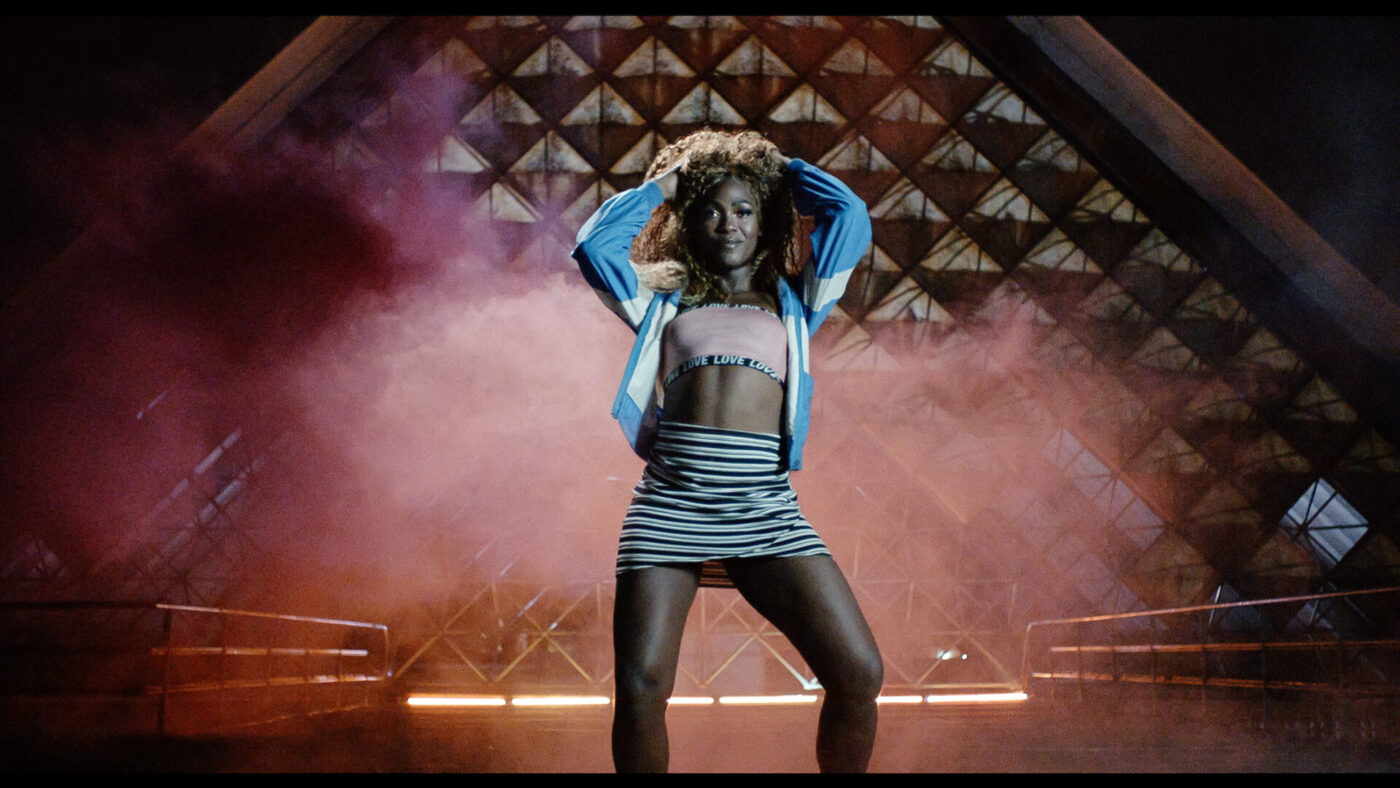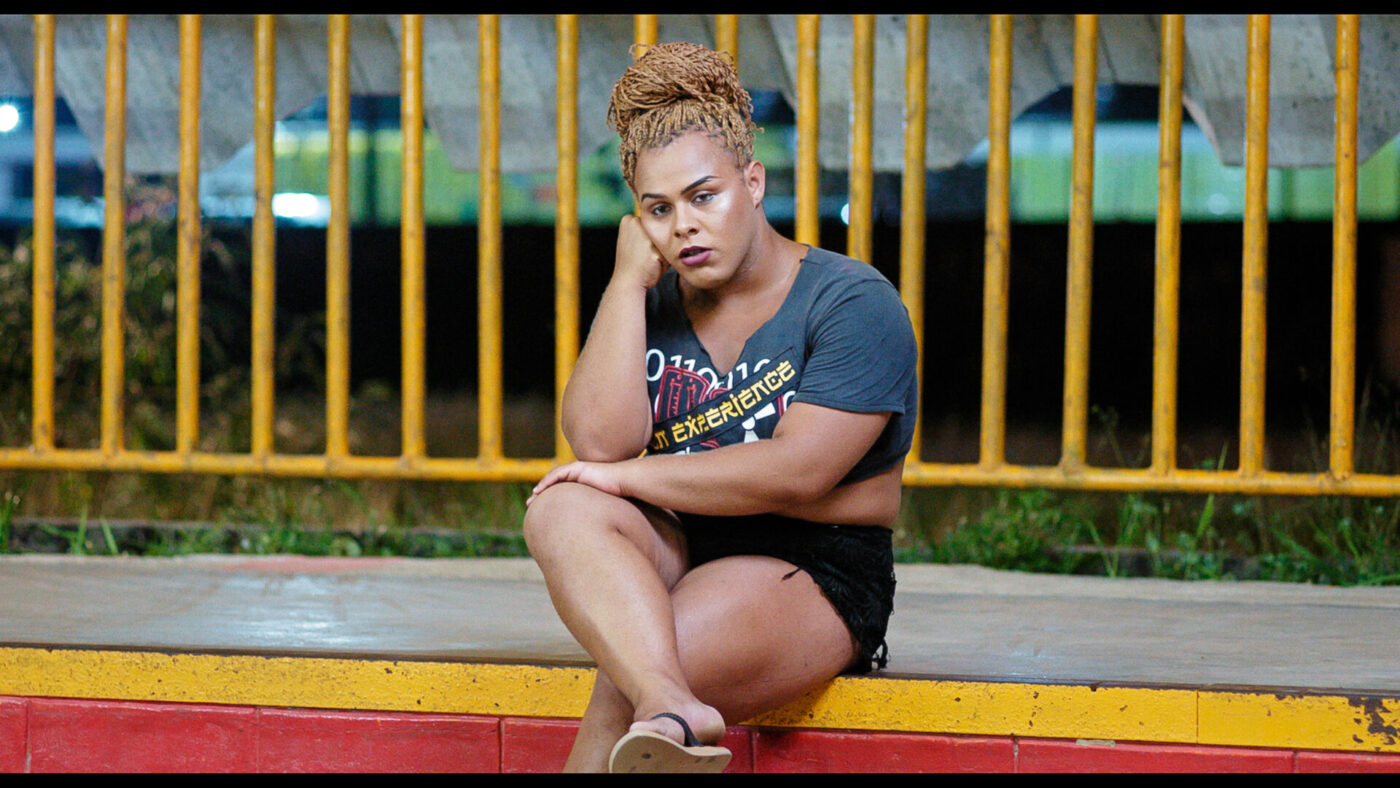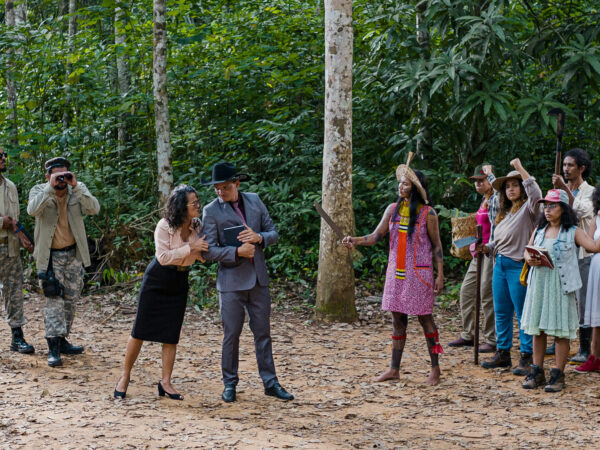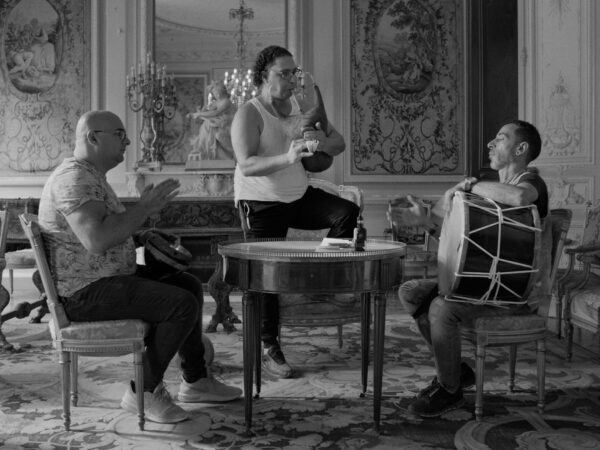film / Swinguerra
All filmsSwinguerra
Programme 3: 'Swingueira' x ‘Guerra’, or how the one can sometimes be the other simultaneously...
Tickets:
- Day pass for all 4 film programmes + 3 exhibitions, including food: 20 euros
- Single ticket per film programme: 7.50 euros
- Food: 8 euros
Aloysio Raulino is best known as one of the most important cinematographers in Brazilian cinema. Much less known are his films made from the late 1960s to the first decades of the 21st century. An oeuvre in which he poetically questions ‘the social body’ of a country through the eyes of the camera. In all his films, he directs his camera on the working class, farmers, and marginalized people in society. Raulino’s gaze, the protagonist being filmed, and the viewer converge, questioning the configuration and reconfiguration of otherness. What – or who? – is normal, abnormal, and why is this so?
Aloysio Raulino, Arrasta A Bandeira Colorida, BR, 1970, 12′
A documentation of the street carnival of São Paulo, made with film footage and black-and-white photography. The film shows a world in trance where samba sets the rhythm.
Aloysio Raulino, O Tigre E A Gazela, BR, 1977, 15′
In O Tigre E A Gazela, beggars and other crazed figures from the marginalized and underground streets of São Paulo are shown during the festivities of the carnival season alongside texts from philosopher Frantz Fanon.
Bárbara Wagner and Benjamin de Burca, Swinguerra, BR, 2019, 23′
Without a doubt one of the most well-known works of Bárbara Wagner and Benjamin de Burca, which immediately gained cult status when presented at the Venice Biennale in 2019. Swinguerra is the result of years of collaboration with people from the queer, transgender, and non-binary community in Brazil. The film is an almost contemporary West Side Story where different rival dance groups dance to swingueira, brega funk, and passinho do maloca, genres of popular music in the outskirts of Recife. These mixed dance styles evoke Brazil’s colonial history and the slave trade, where music and dance functioned as discreet methods of organizing politically under an oppressive state. In the title, the film brings together ‘Swingueira’ and ‘Guerra’, the dance style (Swingueira) and fighting, or how the one can sometimes be the other simultaneously…
25.05.2024, 17:30






